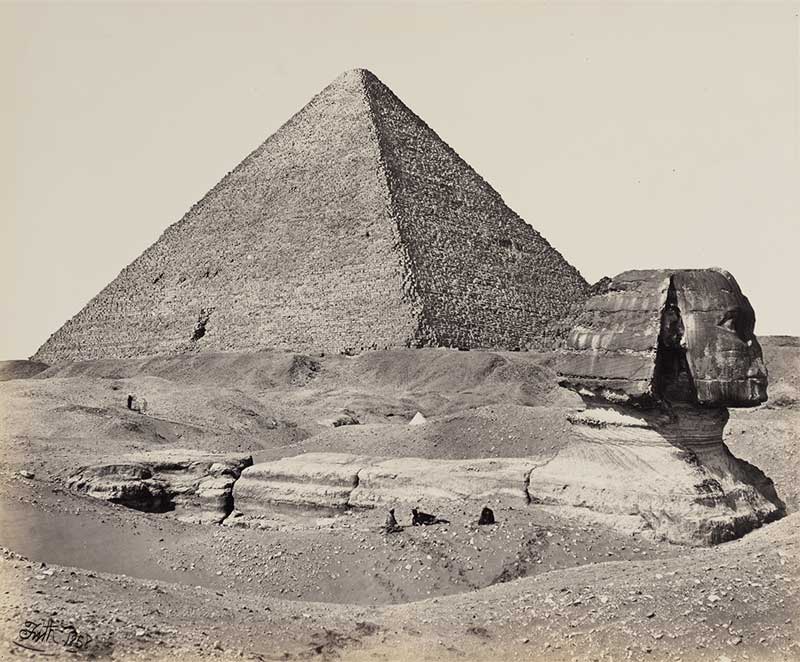STARTS
2010-03-06 00:00:00
Ends
2010-07-18 23:59:59
Location
Exploring Egypt
Exploring Egypt: 19th Century Expeditionary Photography
Exploring Egypt will present recent acquisitions to the permanent collection of the 19th century photographic rediscovery of Egypt (1845-1860s).
It is through these early photographs that people in the western world obtained their first view of the region that would become a tourist destination in future centuries. This exhibition will guide the viewer on a visual tour of the Nile, highlighting popular sites including the pyramids at Giza, the palace at Karnak, and the Island of Philae.
In the 1840s and 1850s, a few decades after photography’s invention, a handful of daring Europeans and Americans, many with guidebooks in hand, set out to photograph Egypt. Their ambitions ranged from updating written accounts, to documenting sites and structures. These artist-adventurers braved heat stroke, mosquitoes and inhospitable natives to photograph the ruins of Egypt before waves of later visitors poured into the region, plundering artifacts and carving graffiti into the ruins.
The photographs produced by these expeditionary pioneers inevitably reflected each artist’s viewpoint. We now view photographs by Teynard, Greene, and De Clercq as imbued with Romanticism, reflecting their own personal experiences. Others, like Du Camp and Hammerschmidt focused more factually on the people and architecture of the region. Others, including Frith and Bonfils, catered to the demand by Western audiences for tourist images, often combining images with entertaining texts, fulfilling the vicarious desires of the armchair traveler back home.

This exhibition was supported by the Hall Family Foundation and the Campbell-Calvin Fund and Elizabeth C. Bonner Charitable Trust for exhibitions.